The First Battle of Panipat features among the top historical events with great significance. It marks an introduction of modern weaponries during early modern history of India. An invading power with a relatively much smaller army, used war tactics and psychology as the game changer. Furthermore, First Battle of Panipat result led to a power shift from a declining sultanate to an emerging power giant.
Babur, the ruler of Kabul, invaded India in search of new territories to build his own empire. Ibrahim Lodi, the Sultan of Delhi, trying to stop the invaders, met at the battlefield of Panipat, modern Haryana. The First Battle of Panipat aftermath saw a massive social and political transformation in the history of India.
First Battle of Panipat: Background and Result
Zahir ud-Din Mohammad Babur, Timurid ruler from Farghana, modern Uzbekistan, was ruling Kabul. He made several attempts from there to recapture Farghana is his life. Discouraged from all his lost attempts, Babur finally looked for Hindustan to build his new empire. Daulat Khan Lodi, governor of Lahore, in fact, invited Babur to invade Delhi, irritated by rigid nature of Ibrahim Lodi. Babur, cashed in the opportunity without any doubt.
First Battle of Panipat was fought on 21st April in 1526. The invading army of Babur only consisted of 15,000 soldiers. On the other side, Ibrahim Lodi had an army of 40,000 cavalry, 30,000 infantry and 300 war elephants.
Babur convincingly defeated the huge army of Delhi Sultanate, in the First Battle of Panipat, with more than 20,000 casualties. Ibrahim Lodi, the last Sultan of Delhi Sultanate, was captured and beheaded while trying to retreat. The tomb of Ibrahim Lodi is located near the modern day Tehsil office in Panipat.
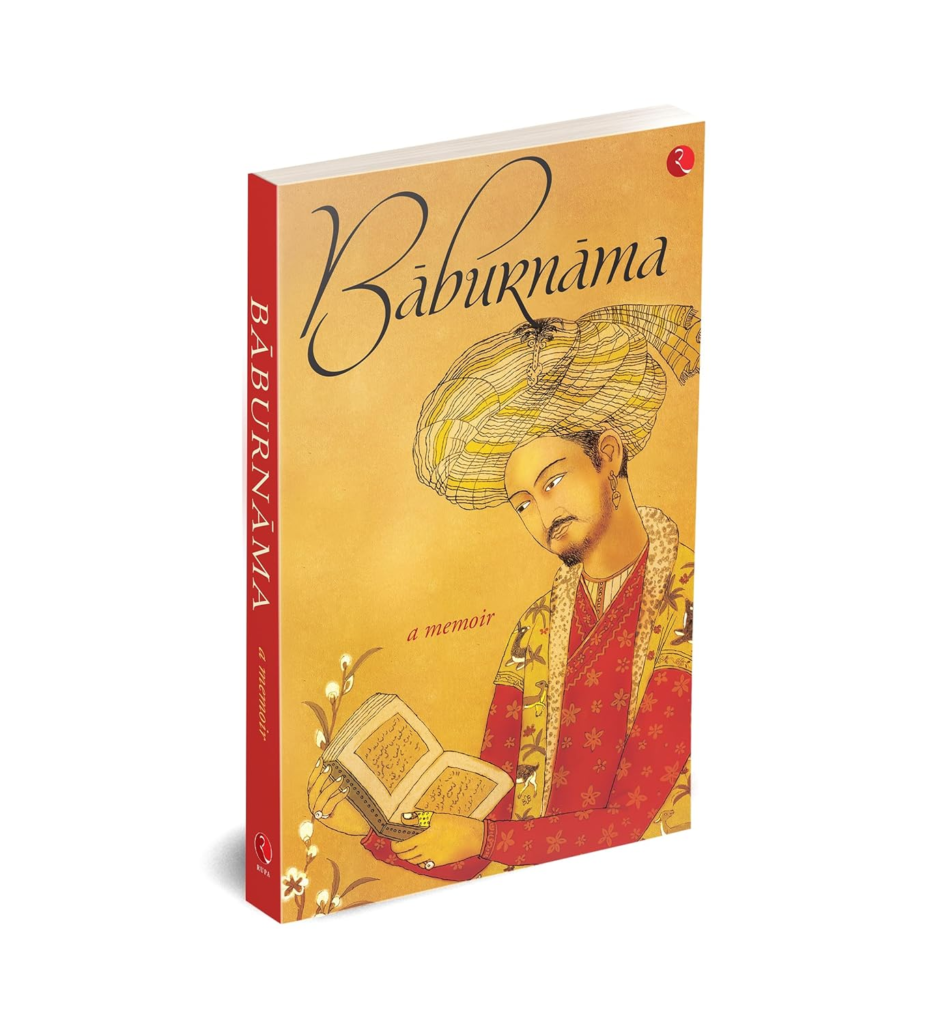
Babur in his memoirs, Baburnama described the details about the First Battle of Panipat.
Also read: Third Battle of Panipat: Reasons and Consequences
6 Critical Factors That Favoured Babur in the First Battle of Panipat
Babur’s victory at the First Battle of Panipat was a combination of few factors that contributed in his victory. Here are the key reasons:
1. Intelligence and Planning
Babur couldn’t afford another defeat. Despite of many losses in his earlier battles, Babur still was an efficient warrior. He spent a quality time in intelligence gathering. With support from Daulat Khan Lodi, Babur collected all detailed information about Lodi’s forces, weaponries, strengths and weaknesses. Knowing all strengths and weaknesses of his opposition, Babur ensured a prefect preparation for the battle.
Selecting the plains of Panipat for the battle, was another tactical approach by Babur. Babur wanted his artillery and maneuverable cavalry to operate effectively. Babur also worked out protection plans for his left and right flanks, preparing trenches covered with tree branches. In the center, Babur placed 700 bullock carts tied together with ropes. His gunmen were placed between every two carts. Babur also ensured enough space for his gunmen to keep their gun and fire.
2. Use of Gunpowder and Artillery
Use of artillery and gunpowder weapons was the most surprising element in the First Battle of Panipat. Contemporary Indian warfare, until then, was relying on close combats, using cavalries, elephants and infantries only. The noise and smoke of Babur’s cannons caused panic, especially among Lodi’s war elephants. The scared elephants started running around, eventually trampled many of Delhi soldiers. Babur was clever and efficient enough to exploit the crisis situation of his opponent.
Babur also had a small troop of gunmen that could easily avoid close combats. On the other side, Ibrahim Lodi lacked any fire power and had to expose his army. His large infantries with swords, bows, spearheads was completely disarrayed by Babur’s 15-20 field guns.
3. Superior War Tactics of Babur
Yes, Babur had the backing of modern field gun and cannon power. But combating a large army of 70,000 soldiers with a mere 15,000 men, was still a tough job.
Tactically, Babur was much smarter in comparison with his opponent, Ibrahim Lodi. He effectively used his Tulughma tactical moves quite effectively. Tulughma means dividing army into left, right and center units, further adding front and rear sub-units. Babur quickly encircled the enemy by rapid deployment of flanking troops had a great impact in the battle. Delhi cavalry troops often got trapped with such quick tactical moves by Babur.
On arrival, Ibrahim Lodi found a very narrow space for attack. Despite of thinking about oppositions tactics, Lodi narrowed his front to lead the attack. Babur, eagerly waiting for the opportunity, immediately activated his right and left flanks. Babur’s cannons and gunmen waiting at the center began surprise attack. Most of Lodi’s men didn’t even get an opportunity to fight.
He also safeguarded his troops in Araba formations, using carts as defensive barriers for his artillery and musketmen. Babur effectively maximized the impact of his firepower over his enemy, while protecting his core forces. It created a huge panic in his opponent’s cavalry and elephant troops. Ibrahim Lodi was rather incompetent to counter Babur’s moves, which eventually led to a huge casualty and defeat.
4. Well-Trained and Disciplined Army
The most notable point of Babur’s army was that his 12,000 soldiers didn’t panic, seeing the extremely large opposition army. The cavalry of Babur, was well versed in tactical and organized style of warfare in Central Asia. Not only that, they were very well trained in coordinated moves and adjust quickly facing off changing battlefield conditions.
On the other side, the soldiers of Ibrahim lacked enough training and coordination. They easily panicked seeing 15-20 field guns and few cannons at the battlefield. It made Babur’s job much easier. First Battle of Panipat thus exemplifies how a smaller, but trained army can overcome a much larger, but unorganized force.
5. Weak Leadership of Ibrahim Lodi
Historians strongly believe that the giant Delhi Sultanate was declining due to weak leaders. Ibrahim Lodi was definitely one of them. He was already facing resistance and distrust from his nobles, majorly for his own autocratic nature. His harsh treatment led lack of loyalty and morale also among his military commanders. So, it was very difficult Ibrahim Lodi to reorganize his disarrayed army and implement a strategy at the battlefield.
Lodi adhered to centuries old, traditional Indian warfare style that relied heavily on large infantry numbers and war elephants. They were never trained for a tactical combat and changing war situations. The difference between a warrior leader and an autocrat sultan at the First Battle of Panipat.
6. Psychological Warfare
The difference in psychological state of mind was quite noticeable at the First Battle of Panipat. Babur and his army knew that their opponent had a much larger army. But rather panicking on that, they looked confident to execute their plan effectively. They maintained high morale and discipline. Hence their confidence and experience gave them a psychological edge over Lodi’s larger but less organized army.
Babur payed two psychological tricks. Firstly, by preparing a narrow front, enticing over confident Ibrahim Lodi to narrow down his troop front as well. It made things easier for Babur. Lodi’s main was left far behind, hardly got a chance for a close combat. Babur’s left and right flanks efficiently executed their plan, surrounding the narrower front of Lodi’s army.
Babur’s cannons and gunmen executed their plans very efficiently well. Sudden firing created enough panic at Lodi’s side. Scaring war elephants and creating panic was a psychological war tactic, very well planned and executed by Babur.
Takeaways
Many historians signify the First Battle of Panipat as an introduction of gunpowder technology and field artillery to Indian warfare. Babur’s strategic use of artillery had set a new standard for subsequent Indian combats.
Historian John F. Richards points to Babur’s leadership and innovative tactics as key reasons for his success. Richards argues that Babur’s tactical Tulughma formation and Araba defense mechanism, revolutionized battle strategies in the region. It also highlights Babur’s military acumen.
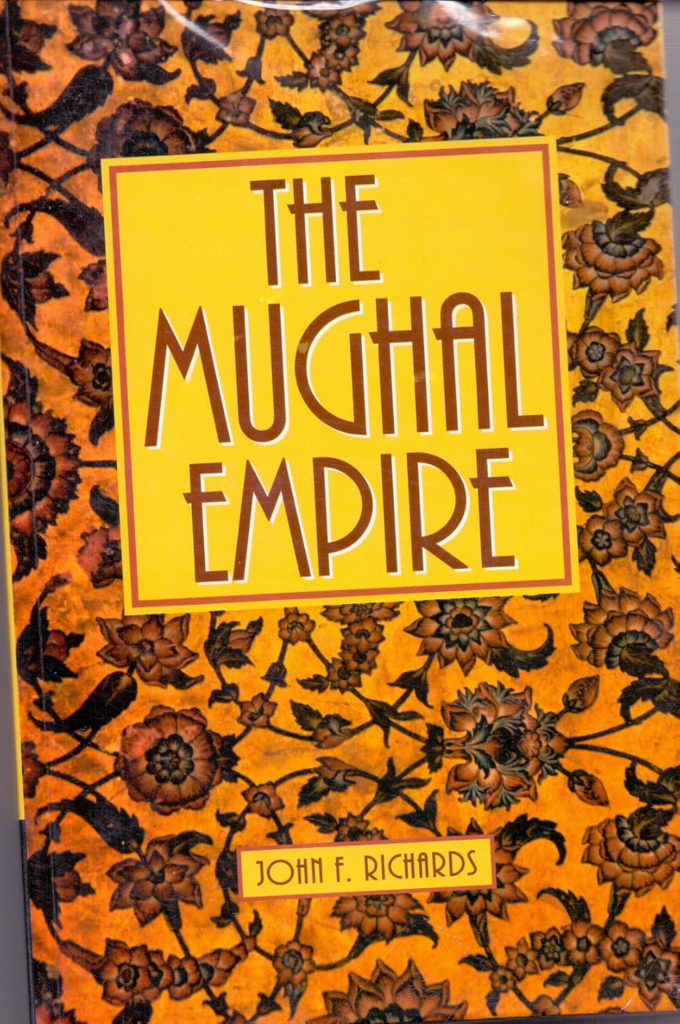
Historian Irfan Habib described the aftermath of the First Battle of Panipat as not just a mere military victory. But also as the beginning of a significant cultural and administrative changes in India. The establishment of Mughal empire brought lasting influences in art, architecture, and administration, blending Persian, Central Asian, and Indian elements.
In a nutshell, the First Battle of Panipat was a decisive event that introduced new military technology and war tactics. It redefined Indian political power, and laid the foundations for the Mughal Empire in India.
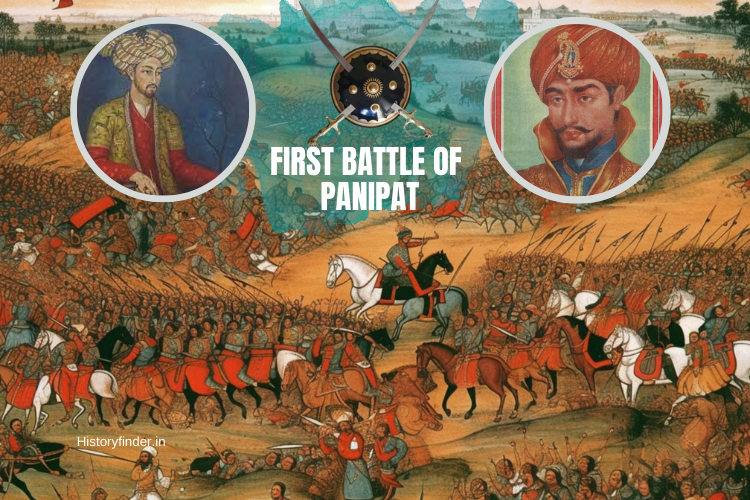
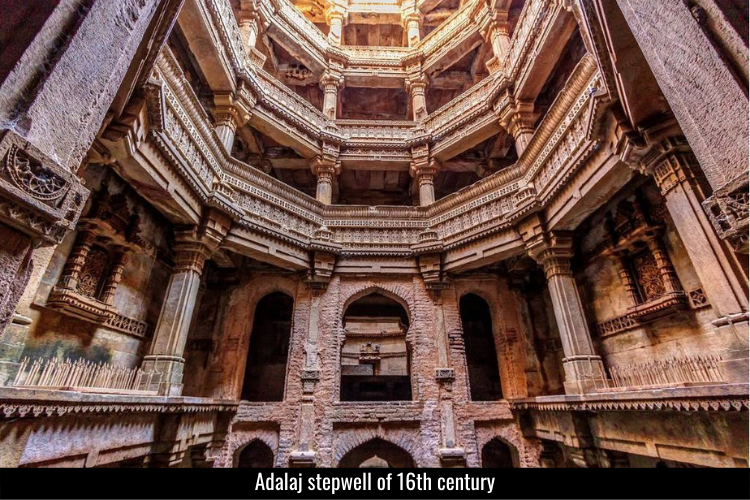
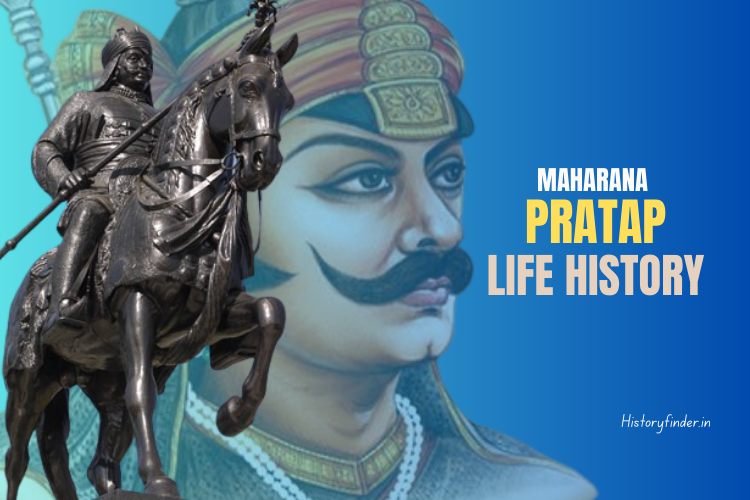
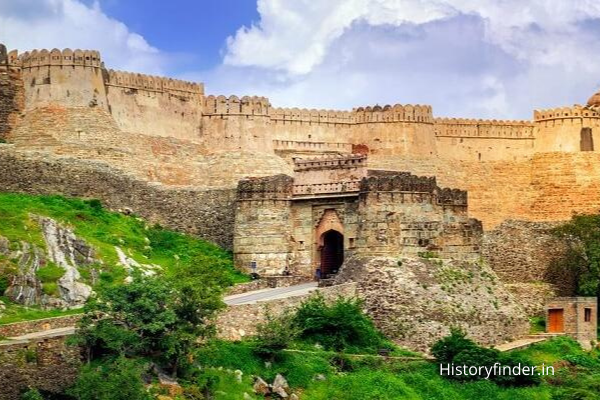
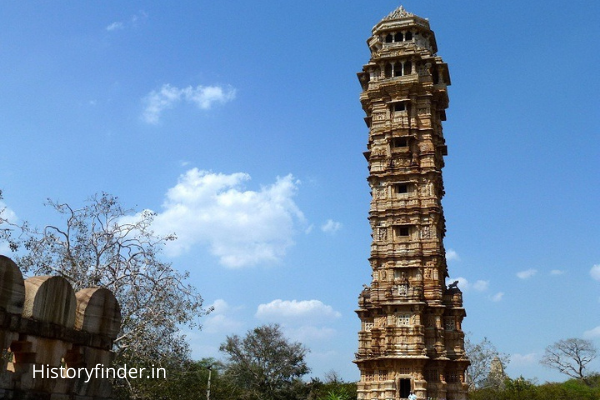
Pingback: Jalaluddin Akbar history and his military conquests - History Finder
Pingback: Chittor Fort history of siege and jauhars - History Finder
Pingback: Gwalior Fort history: from kachhawahas to Scindias - History Finder